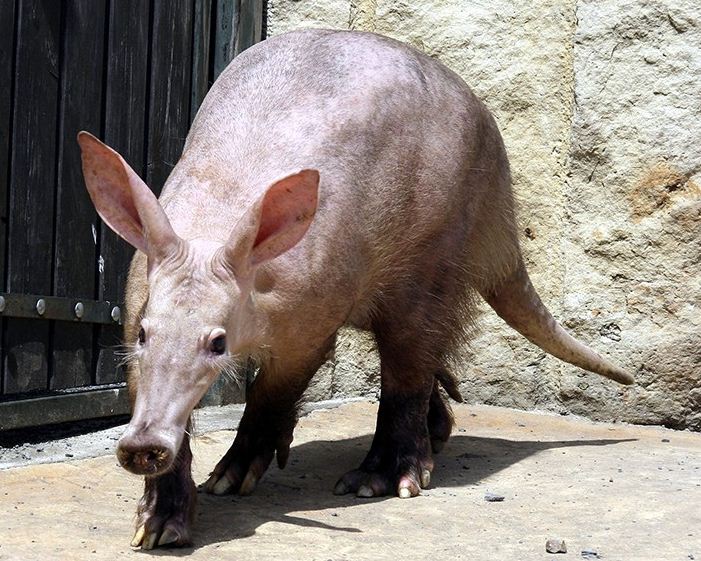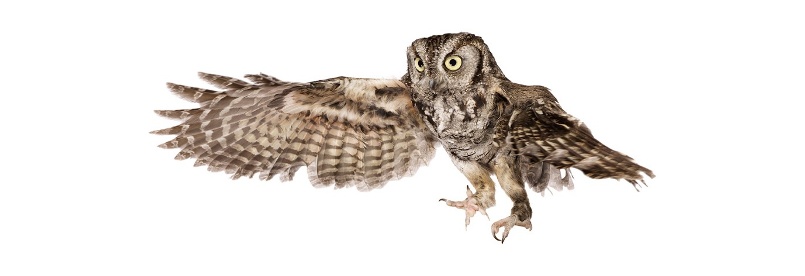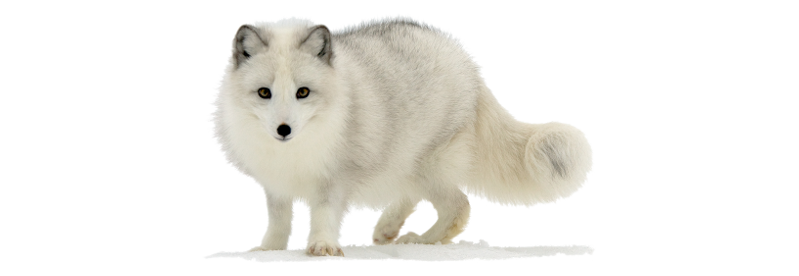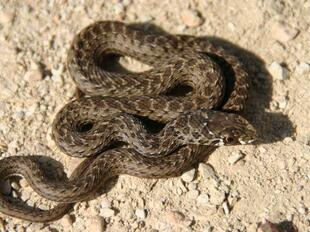
Aardwark, or Antbear (Orycteropus afer)
Phylum —chordata
Class — mammalia
Order — tubulidentata
Family —orycteropodidae
Genus – orycteropus
Appearance
Aardvarks are the size of small pigs, but have very thick skin and do not possess a fat layer. They are notable for their long nose, which is wider at the distal end, their squared-off head, and a tail that tapers off toward the tip. The body is massive and they have very muscular limbs ending in thick-nailed digits. The hair is short on the head, neck, and tail, but longer and darker on the rest of the body, especially the limbs. Hair is often worn off in adults, but apparent on the young. The sides of the face and tail are pale colored, lighter in females and darker in males. During the wet season, Aardvarks have fat deposits that are likely fueled by termite consumption.
Aardvarks have 4 toes on the forefeet and 5 toes on the hind feet, each ending in a spade-like claw that helps them to dig with great speed and force.
An Aardvark's weight is typically between 60 and 80 kilograms (130–180 lb). An Aardvark's length is usually between 105 and 130 centimeters (3.44–4.27 ft), and can reach lengths of 2.2 meters (7 ft 3 in) when its tail (which can be up to 70 centimeters (28 in)) is taken into account. It is 60 centimeters (24 in) tall at the shoulder, and has a girth of about 100 centimeters (3.3 ft).
Habitat
Aardvarks inhabit central and southern Africa (except for the Namib desert), occurring south of the Sahara Desert, from Senegal to Ethiopia and South Africa.
Behavior
These shy and solitary animals tend to socialize only when mating and caring for young. In areas, densely populated by Aardvarks, 2-3 individuals may use a single, large burrow. The presence of Aardvark in the area can be detected by its tracks, burrows as well as scratch marks, left by the sharp claws of this animal. Aardvarks are night feeders. They may travel 2-5 km each night when foraging. But before foraging, Aardvark leaves its den in an unusual way: it stops at the entrance of the den to check if there are enemies around; then it comes out, jumps around repeatedly, looks around, jumps once more and finally leaves the den. Aardvarks are known to use grunts as a form of communication. In addition, they may bleat when threatened. Aardvarks possess glands on their elbows and hips that can be used in mating and locating conspecifics, although they don't appear to use scent marking.
Diet
As insectivores and myrmecophagous animals, Aardvarks feed upon termites and ants. Meanwhile, ants make up the greater part of their diet.
Reproduction
Aardvarks are polygynous, which means that one male mates with a number of females. Due to their solitary and territorial behavior, these animals socialize only when mating. In northern African populations, births usually occur in October-November, while those in South Africa produce offspring in May-July. Gestation period lasts for 7 months, yielding a single baby, which is born with open eyes and naked. The baby is born in an underground burrow, where it lives for the first several weeks of its life, feeding upon maternal milk. By 2 weeks old, the baby begins to accompany its mother. By 3 weeks old, the young Aardvark starts consuming insects. It becomes independent at 6 months old, reaching sexual maturity at 2 years of age.
Aardvarks live for up to 18 years in the wild. In captivity, Aardvarks are expected to live for about 23 years.
In captivity
In captivity, Aardvarks are provided with plenty of space to roam, substrates to dig in, and artificial tunnels to hide in during the day. They can be fed a commercial insectivore diet, high protein content blended cat food, supplemental vitamins to replace the chitin found in ant exoskeletons, and treats of fruits and veggies.
 Russian
Russian
 English
English
























